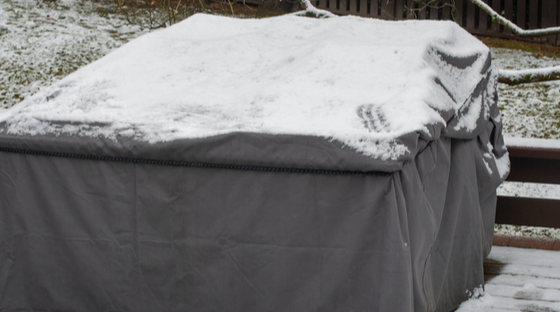School is finally out, which means kids are free to celebrate their summer. And while being able to keep a constant eye on them is ideal, there’ll be times when you’re busy prepping diner and pulling off the outdoor furniture covers while they explore and play. Teaching kids simple safety skills will ensure that their summer is as hazard-free as it is fun.
We All Scream For Sunscreen

The summer sun may provide plenty of picture-perfect days, but it comes with some of the biggest dangers. Extensive exposure to UV rays can lead to sunburns, heat rash, and even sun poisoning.
The key to sun safety? Proper sunscreen application. Teach kids to reapply sunscreen every two hours and after getting out of the pool. Have them use sunscreens with an SPF of at least 35 to provide effective protection from UV rays.
Keep Covered
Along with sunscreen, there are a number of measures your kids can take to stay safe in the sun. Like using sun resistant loveseat covers, wearing wide brimmed hats, sunglasses, and UV proof clothing provides another layer of protection perfect for those sun-soaked afternoons spent poolside.
Helmet Happy

Whether the activity of the summer is skateboarding, riding bikes, or testing out a new pair of rollerblades, kids should be using helmets whenever wheels are involved. Before they get rolling, ensure helmets fit properly and teach kids how to adjust straps for a fit that’s as secure as your generator covers or chaise covers.
Bug Off

For the most part, insects are little more than an annoyance when spending summer outdoors with your outdoor furniture covers. But there are some cases where bugs can present more dangers than one would expect, such as in the case of ticks carrying Lyme disease.
Don’t hesitate to emphasize the importance of bug spray to your kids. Encourage them to apply it frequently, and get them to change into long sleeved pants or shorts at dusk, when insects like mosquitos are most active.
Happily Hydrated
No matter your age, staying hydrated is always crucial. This is especially true in summer, when a day filled with physical activity in the heat leads to increased sweating and water loss.
The simplest way to encourage kids to hydrate is to have an ample supply of water on hand. They’ll be more likely to keep tabs on their water intake if you provide them with a personalized water bottle and some hydration reminders.
Protected From Poison

There’s a fair chance that kids exploring the wilds of your backyard past the loveseat covers will stumble across new and unfamiliar plants during their outdoor adventures. This means it’s left up to you to teach them how to identify irritating and poisonous plants.
Familiarize them with the appearance of common poisonous plants such as poison hemlock, wolfsbane, and foxglove. The same goes for any toxic mushrooms and berries that are native to the area.
Safety Certified
If you’re the proud owner of a personal pool, making sure your family is at the very least familiar with CPR could save a life. According to experts, kids as young as 9 can retain the information taught to them in a CPR course. Get the whole family signed up for CPR certification for guaranteed a safe poolside state of mind.
Have Bike, Will Travel

Riding bicycles is without a doubt one of the most popular summer activities for kids. Along with consistent helmet use, kids should be taught to follow safety rules while riding, especially when unsupervised.
Remind them to stick to well established bike paths and stay off any busy roads. Don’t allow riding at night or in inclement weather, and be sure to remind them to make frequent breaks for water and sunscreen.
Beat the Heat
Heat exhaustion is an all too common occurrence that everyone should be on the lookout for during the hot summer months. Extended time spent in the sun combined with dehydration and overexertion can all combine to cause heat exhaustion in kids and adults alike.
Familiarize yourself and your family with the signs of heat exhaustion. These include:
- High body temperature between 100-104 degrees
- Goosebumps
- Increased thirst and sweating
- Fainting or weakness
- Nausea and vomiting
Tell kids to get an adult if they begin to experience these symptoms or witness someone else showing signs of heat exhaustion. If not tended to, an person experiencing heat exhaustion can suffer an even more severe heat stroke.
Familiar First Aid
Having a well-stocked first aid kit on hand is essential for summer safety. Making sure that kids know the purpose of every item inside and how to use them properly is the key to providing effective first aid.
First aid courses are the perfect way to get kids familiar with keeping themselves and others safe if an adult isn’t immediately available. These courses are typically free and offered at most community centers or hospitals.
















Recent Comments